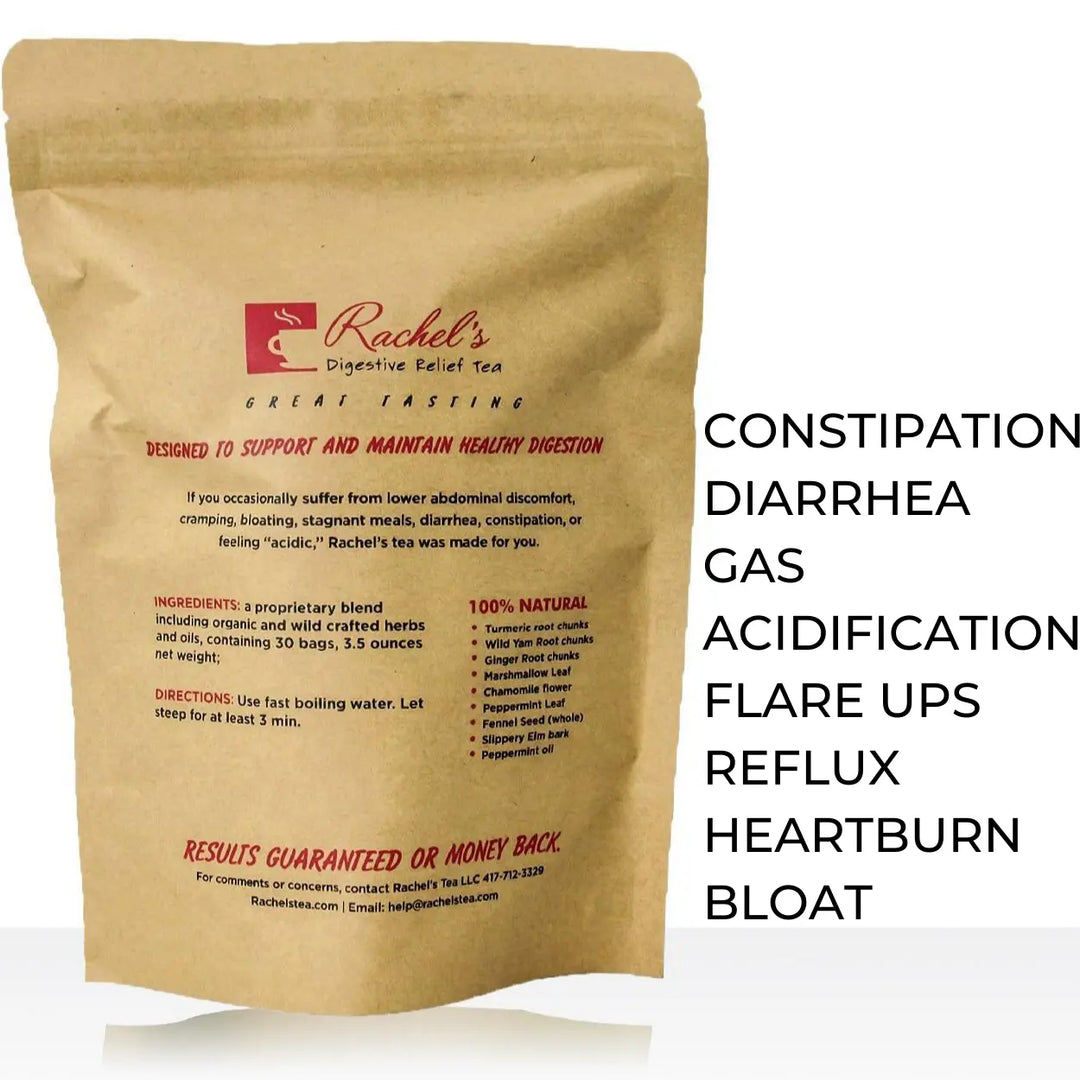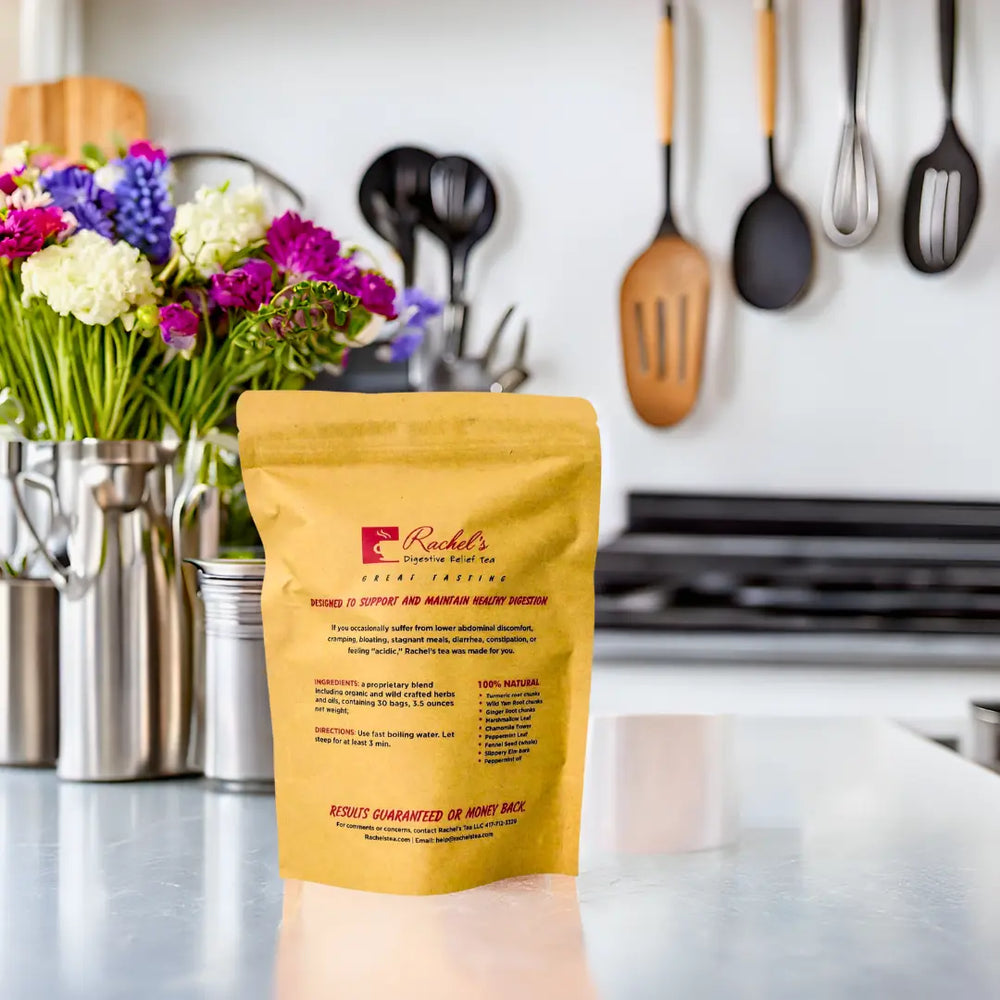All you need to know about Slippery Elm

Slippery elm is a natural remedy for digestive health, inflammation and sore throats. It is the herbal solution you have been looking for. It has been used traditionally for centuries. But why is it suddenly gaining attention again? Because, this natural herb supports digestive health, respiratory comfort and skin healing. It is backed up by its mucilage-rich content and anti-inflammatory properties. Slippery Elm has been proven to be a powerful support for gut healing, respiratory relief and skin repair. Today, we will explain how it works, its health benefits and how to use it effectively.
What is Slippery Elm?
The scientific name of the slippery elm is Ulmus rubra. It is a tree native to North America. Its inner bark is the part used medicinally. It has a high concentration of mucilage. It is a gel-like substance. It becomes slippery and soothing when mixed with water. This mucilage is the key to the slippery elm’s ability to protect. It heals irritated tissues in the body. It can be used with Home Remedies for Heartburn.
Properties of Slippery Elm
The primary therapeutic component in Slippery Elm is mucilage. It is a thick and gluey substance. It forms a protective lining when consumed. It also contains
- Tannins
- Antioxidants
- anti-inflammatory compounds
Its main properties are following:
- Mucilaginous texture: It forms a protective and slippery gel that coats mucous membranes.
- Demulcent: It soothes and protects inflamed and irritated tissues.
- Anti-inflammatory: It reduces swelling and irritation.
- Antioxidant-rich: It helps combat oxidative stress.
- High fiber content: It supports healthy digestion and bowel movements.
Uses of Slippery Elm

Digestive Health
Slippery elm capsules are widely used to relieve digestive discomfort. It coats and soothes the lining of the
- Stomach
- Intestines
- esophagus
It reduces irritation and supports healing. It is effective for:
- Acid reflux and heartburn
- Irritable bowel syndrome (IBS)
- Constipation by softening stools
- Colitis
- Gastritis
Also read: Is Slippery Elm best treatment for Heartburn and Acid Reflux?
Respiratory Health
Slippery elm supplement has demulcent action that calms irritated throat and bronchial tissues. It is beneficial for:
- Sore throats
- Coughs
- Bronchitis
- Inflamed respiratory passages
Skin Health
Its mucilage acts as a natural emollient. It is used topically on the skin. It forms a barrier. It promotes healing and reduces inflammation. It helps to:
- Soothe burns, wounds and rashes
- Treat Eczema
- Reduce redness
- Reduce swelling
- Promote healing of irritated skin
To know more about its uses, read Top 7 Reasons Why We Should Use Slippery Elm.
Health Benefits of Slippery Elm
Leaky Gut Syndrome
It restores the gut lining by forming a protective barrier. It repairs the intestinal wall. This reduces intestinal permeability and symptoms of leaky gut syndrome. It restores gut barrier function.
Anti-inflammatory Effects
It reduces inflammation in the digestive tract. It combats gut and skin inflammation. It aids in symptom relief and tissue repair. It is helpful in conditions like
- Gastritis
- Colitis
- Dermatitis
Soothing Effects
The mucilage coats irritated mucous membranes. It provides relief from pain and discomfort. It is caused by
- acid reflux
- Gastritis
- sore throats
Slippery Elm Mechanisms of Action
-
Mucilage Content
Its sticky fiber swells when mixed with water. It forms a gel-like coating on mucous membranes. It creates a protective barrier. It protects tissues from irritants. It promotes healing. It protects tissues and reduces irritation.
Protective Barrier
It prevents damage from stomach acid and digestive enzymes. It allows inflamed tissues to recover. It heals ulcers and inflammation.
Soothing Effect
It calms and coats inflamed tissues. By coating inflamed areas, it reduces
- Irritation
- Discomfort
- Pain
It improves digestion and calms symptoms in both the digestive and respiratory systems.
-
Anti-inflammatory Properties
Reduction of Inflammation
It reduces swelling and pain. It makes it suitable for
- IBD
- GERD
- joint pain
Antioxidant Activity
It contains polyphenols. Polyphenols protect the body from free radical damage and oxidative stress. It supports cellular and immune health. It also helps in tissue repair.
How to Use Slippery Elm
You can use Slippery Elm in several forms:
-
Powdered Bark: You can mix 1 teaspoon in warm water. Then, drink it before meals to ease acid reflux or bloating.
-
Capsules or Tablets: Slippery elm tablet is easy for on-the-go digestive support.
-
Lozenges: They are perfect for sore throat relief and cough.
-
Topical Paste: You can apply it to wounds or inflamed skin for natural soothing.
Pro Tip: Always drink a full glass of water when taking powdered Slippery Elm to activate the mucilage.
Why Choose Slippery Elm for Natural Healing?

They are plant-based solutions. They provide a natural, gentle and effective way. It soothes inflammation with side effects. Its mucilage has unique gel-forming abilities. They offer both immediate comfort and long-term healing support. It acts as an all-rounder. Whether you're managing gut discomfort, skin irritation or a sore throat. Slippery Elm is worth adding to your herbal toolkit.
Related Articles:
Conclusion
Slippery Elm is more than just a traditional and herbal remedy. It has proven benefits for digestive comfort, immune balance and inflammation control. It forms a protective and soothing barrier. It reduces inflammation and promotes tissue repair. It supports skin healing. Always consult your healthcare provider if you're taking medications.













I mixed slippery elm powder with hot water, cinnamon and honey. I let it steep for ten minutes. Now it seems think and looks slimy. Is that normal?
Leave a comment